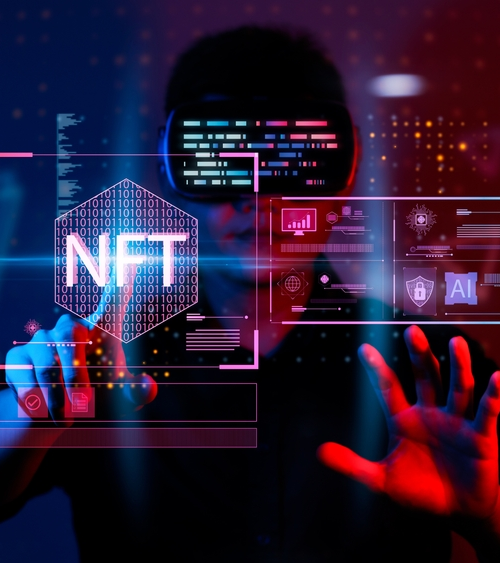Ellen Britt for CNT #NFT
Next up in our series exploring terms in our NFT glossary is the concept of smart contracts.
Our glossary explained that a smart contract is the part of your NFT that’s not the artwork or the other actual digital asset, it’s the program on the blockchain underlying the NFT that controls its ownership and transactions.
The Smart Contract
So what is it exactly about this program on the blockchain that makes the contract “smart?” The code is written in such a way that the contract executes all or part of an agreement, such as the transferring of a pre-determined royalty amount to an owner or creator (or both!) on the sale of an NFT. Because the code is reproduced on multiple nodes located on the blockchain, it benefits from the blockchain’s permanence, security, and immutability.
“Smart” Does Not Mean Intelligent
Once the smart contract is in operation, no further human intervention is required. Now don’t make the mistake that simply because we are using the word “smart,” that these code-based contracts are somehow a superior form of artificial intelligence because they are not. The original concept of the smart contract was first introduced by Nick Szabo, a computer scientist and cryptographer when he was a graduate student at the University of Washington. Szabo was careful to make clear that no form of artificial intelligence was implied and that a smart contract is simply a “set of promises, specified in digital form, including protocols within which the parties perform on these promises.”
Trust But Verify
One of the challenges in the broader adoption of smart contracts is that, unless you are a highly skilled coder, you will need to rely on a trusted expert who is technically capable of instilling into code your agreement or to confirm that the code written by another party is completely accurate.
We’ve Got You Covered!

Of course, here at Mintified, we’ve got you covered by our trusted, expert team of programmers and support staff, so stay tuned!


































